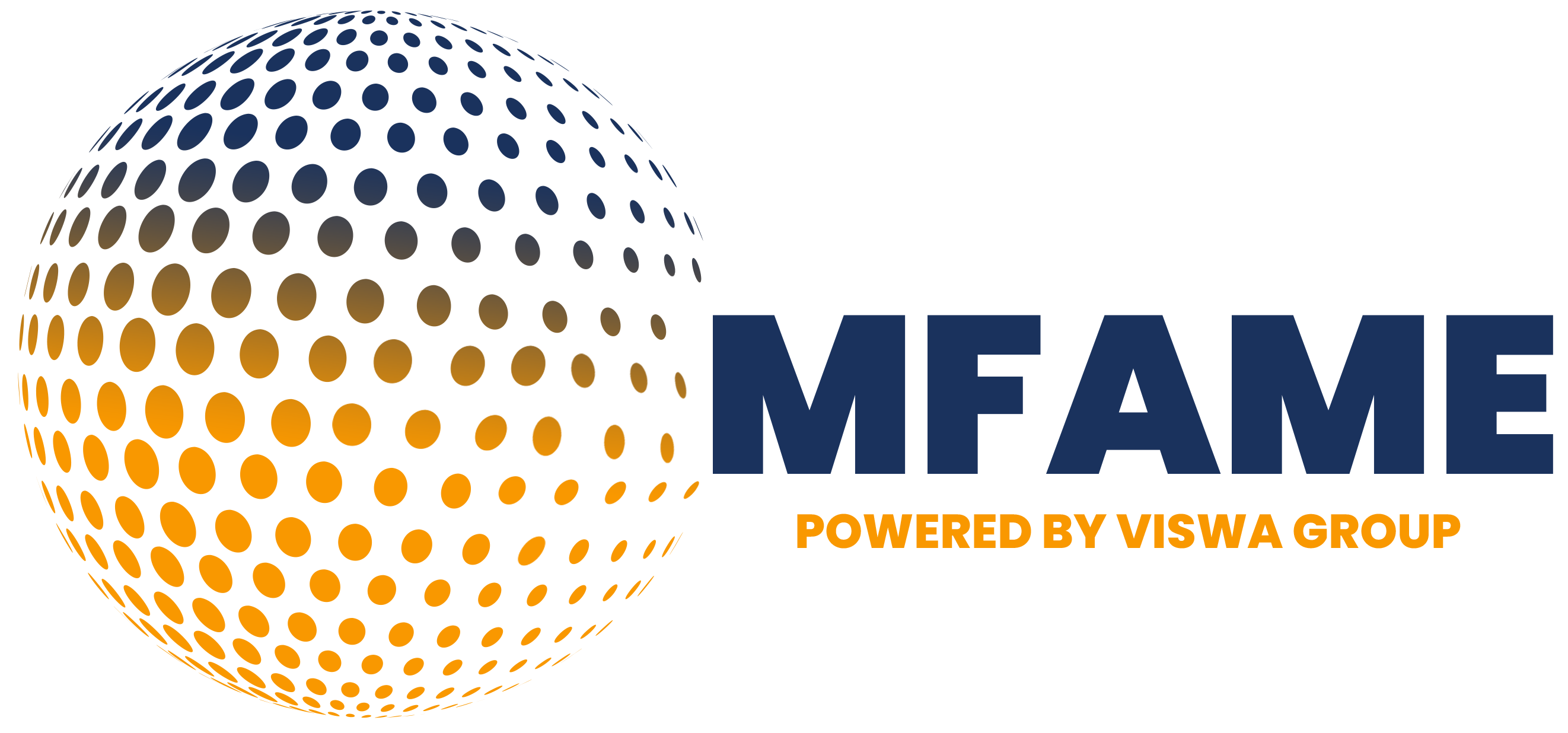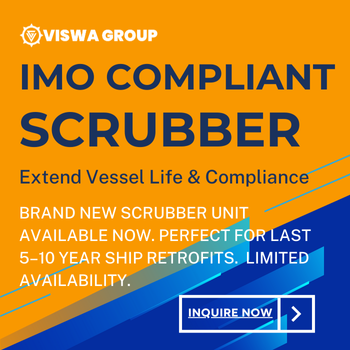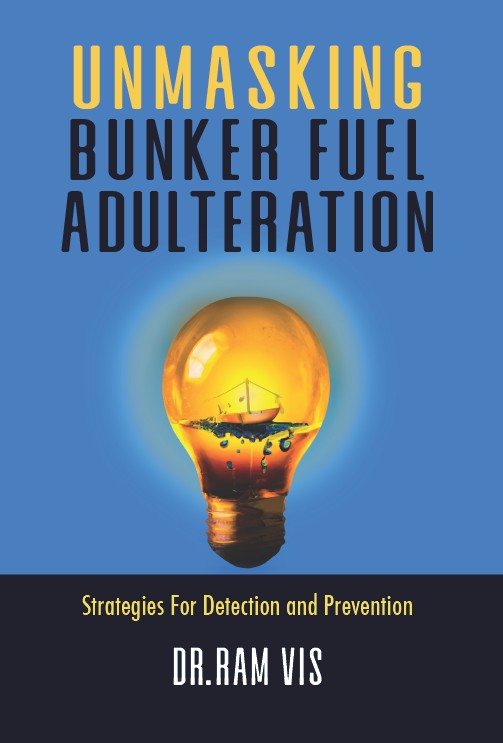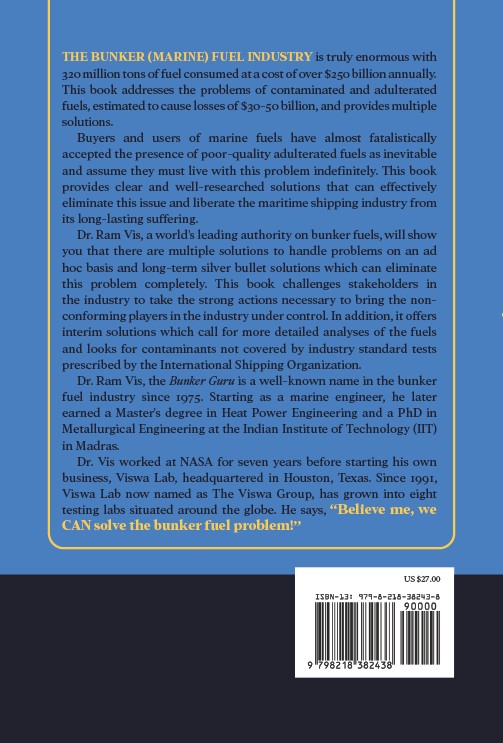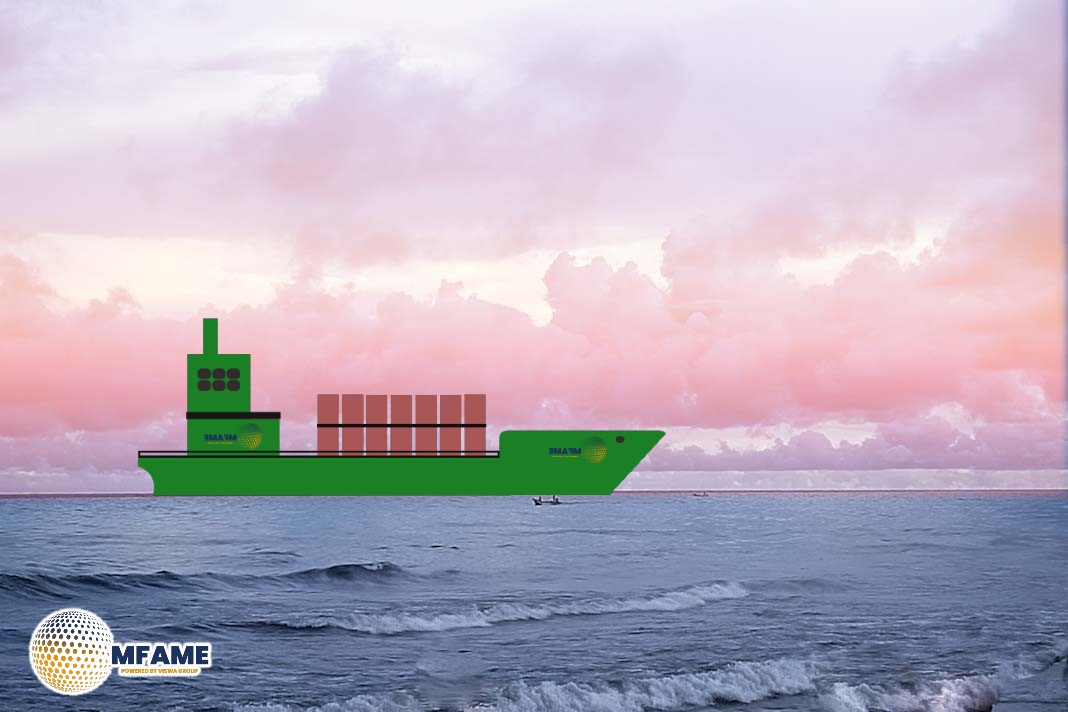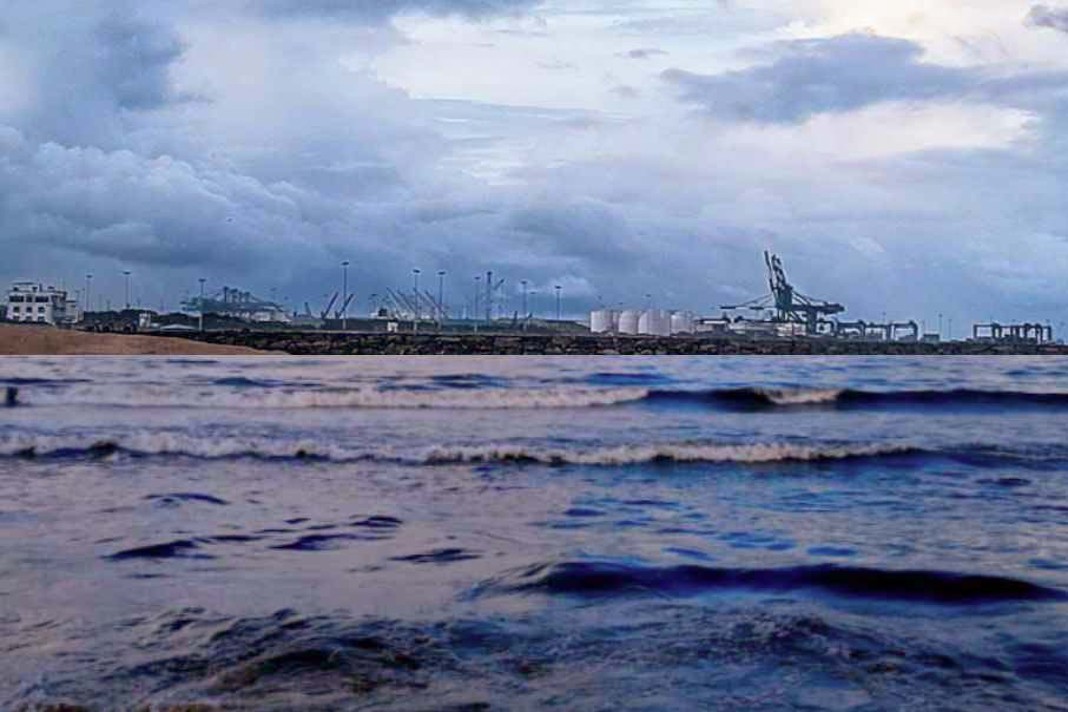 For the first time, a broad coalition of national, regional, and local stakeholders is working together to align strategic spatial planning and accelerate development projects in the Port of Rotterdam. The initiative, launched under the NOVEX Programme (National Environmental Vision Execution), is aimed at creating a future-proof, economically resilient, and livable port region.
For the first time, a broad coalition of national, regional, and local stakeholders is working together to align strategic spatial planning and accelerate development projects in the Port of Rotterdam. The initiative, launched under the NOVEX Programme (National Environmental Vision Execution), is aimed at creating a future-proof, economically resilient, and livable port region.
Why This Collaboration Matters
The Port of Rotterdam region faces overlapping challenges — spatial limitations, environmental regulations, industrial transition needs, and a growing demand for housing. Decisions made today will influence the long-term sustainability of the region, and vice versa. While each party maintains its own decision-making authority, they are joining forces to overcome shared bottlenecks and drive collective impact.
Key Agreements from the Implementation Agenda
1. Tackling Space Shortages
Due to limited space in the port:
-
Investigations are underway into the usefulness, necessity, and environmental effects of expanding or repurposing areas.
-
The study includes the existing port, regional industrial zones, and possible port expansion.
-
Initial findings are expected before summer 2025.
2. Overcoming Transition Bottlenecks
-
Challenges related to nitrogen regulations, spatial restrictions, and waste laws are being addressed collectively.
-
Partners will set agreements on how to safely advance hydrogen infrastructure in the port.
3. Housing and Workforce Development
-
The region’s housing task is critical to attract and retain workers for port-related businesses.
-
Port operations affect housing development and vice versa.
-
By 2025, a clearer understanding of this dynamic will guide customized housing plans.
4. Shore Power Expansion
-
Existing plans aim to equip container, breakbulk, cruise, and RoRo terminals with shore power by 2028 (mandatory by 2030).
-
Studies are exploring extending shore power to liquid bulk terminals, tankers, and urban-adjacent areas.
5. Addressing Nitrogen Emissions
-
Nitrogen rules are currently a barrier to port transformation.
-
A joint action plan will be drawn in 2025 to:
-
Restore nature in Natura 2000 zones within 25 km of the port.
-
Reduce nitrogen emissions within the port itself.
-
From Implementation to Investment
The Implementation Agenda 1.0 NOVEX Port of Rotterdam 2025–2050, launched in December 2023, sets the framework for action. The next critical step is transforming this into an investment agenda, linking financial resources to strategic projects and goals.
Who’s Involved?
The NOVEX Port of Rotterdam Programme unites diverse stakeholders, including:
Government Bodies
-
National Ministries: Infrastructure & Water Management, Housing & Spatial Planning, Climate Policy, Economic Affairs, Agriculture & Nature.
-
Local/Regional Governments: Province of South Holland, Municipality of Rotterdam, Port of Rotterdam Authority.
Partnering Organizations
-
Neighboring municipalities: Voorne aan Zee, Nissewaard, Albrandswaard, Maassluis, Vlaardingen, Schiedam, Dordrecht.
-
Agencies and institutions: Hollandse Delta Water Authority, Rotterdam Safety Region, GGD, DCMR Environmental Protection Agency.
-
Sector and environmental stakeholders: Deltalinqs, South Holland Nature & Environment Federation, Metropolitan Region Rotterdam The Hague.
The NOVEX collaboration represents a new model of integrated governance, balancing economic growth with environmental responsibility and livability. As implementation unfolds, the Port of Rotterdam aims to remain a competitive global logistics hub while supporting stronger communities and sustainable practices.
Did you subscribe to our daily Newsletter?
It’s Free Click here to Subscribe!
Source: Port of Rotterdam

